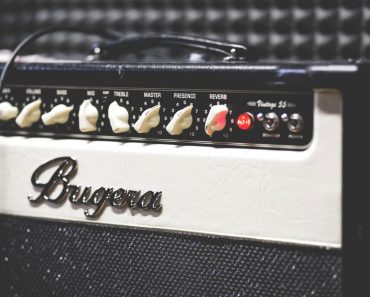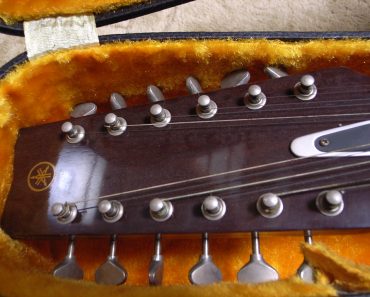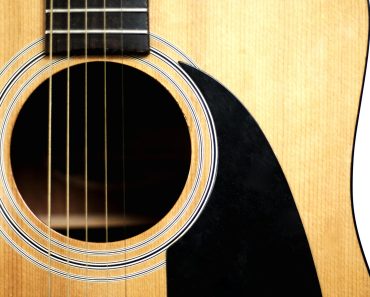Clip-on guitar tuners work by absorbing vibrations, unlike other tuners. When these types of tuners were initially created, they didn’t perform as effectively as they do now. Clip-on tuners don’t require a microphone or a signal chain to function since to the vibrations generated by the instrument.
Clip-on guitars are not advised for baritone guitar players or bass guitar players. Clip-on tuners have a hard time detecting the vibrations on lower strings because they are slower than higher strings, which means that the tunings on lower notes aren’t quite as accurate as they could be.
Clip-on tuners have a hard time reading the low E string on an acoustic or electric guitar. They have trouble reading any note lower than that. Clip-on guitar tuners are fantastic, especially if you’re used to using a gadget that utilizes a microphone.

Snark SN-2
The Snark SN-2 clip-on guitar tuner is one of the most well-known instrument tuning devices on the market today, owing to its low price of $15. This tuner has a lot of interesting features for its low price tag. The Snark SN-2 includes pitch calibration, which is extremely useful when attempting to match your tuning with another instrument.
This instrument also includes transposition, which allows you to shift your instrument’s tuning from standard. This tuner also has a high sensitivity tap-tempo metronome, which is very useful when attempting to practice for a performance.
It’s also worth noting that this tuner has a built-in microphone that aids in ensuring a more accurate tuning and sound by supporting the internal vibration sensor.
Korg AW2G Tuner
The Korg AW2G is a clip-on tuner that can accommodate a wide range of instruments. This tuner also includes a clip with the ability to fit several different sorts of instruments, ranging from wind instruments to stringed instruments like guitars.
The AW2G is a little heavier, thanks to its big dial. However, it’s still relatively lightweight for a battery-powered instrument. One battery can last up to 150 hours of tuning, which is fantastic battery life! The AW2G also has an internal backlight, allowing guitarists to see the screen even when performing on a dark or dimly lit stage.
The Korg AW2G is not as efficient as the Snark tuner in tuning low E strings, but it performs significantly better than the Snark when tuning low E strings.

Peterson StroboClip
For under $80, you can get a clip-on tuner that is so accurate that it’s used by top professionals. The StroboClip HD is so precise that it has a 1/10 cent accuracy. Peterson created this clip-on tuner to allow tuning of acoustic guitars, electric guitars, ukuleles, dobros, banjos, and mandolins with ease!
The capo setting, which allows guitarists to quickly tune their instruments between live shows, is another fantastic feature of this instrument tuner. If you’re a professional guitarist searching for the best clip-on tuner on the market, look no further than the Peterson StroboClip.
Boss TU-10 Tuner
The Boss TU-10 clip-on electronic tuner, like most pedal tuners, should not be much of a stretch for you. This may very well be the finest clip-on guitar tuner for you because it can support flat tuning and has five semitones in addition to other features.
The display of this tuner is readily visible, no matter what sort of lighting you’re in, even in bright sunshine. The Boss TU-10’s biggest drawback is that the clip and tuner are combined into a single piece, making it difficult to swivel.
Because this guitar tuner does not rotate, you’ll need to put in more effort to establish the ideal angle for your instrument.
TC Electronic Poly Tune Clip
This is one of the most expensive clip-on tuners we’ve seen, but it’s also one of the best. This device is made by TC Electronic and will set you back around $50.
The main distinction between this PolyTune clip-on guitar and other electronic tuners is that it has polyphonic tuning, which allows you to strum your guitar once and have each string accurately tuned. This means you only need to strum your instrument once to have all of your strings properly aligned.
The polyphonic tuning cuts down on the amount of time it takes to tune, which can come in handy when you’re trying to focus on another set.
If you don’t want to have a clip-on tuner tune all of your strings at once, you may use the conventional chromatic tuning method. You can individually tune each string of your guitar with the chromatic tuner.



